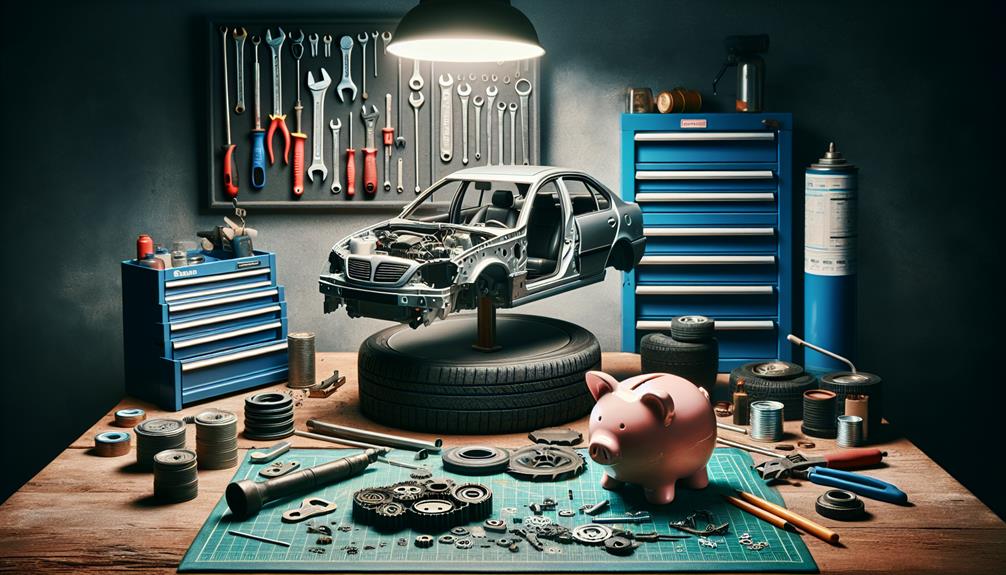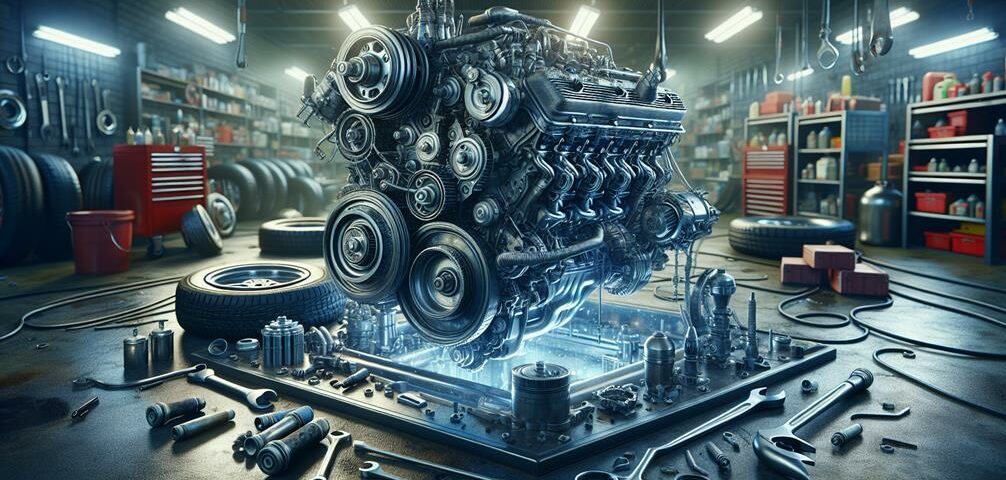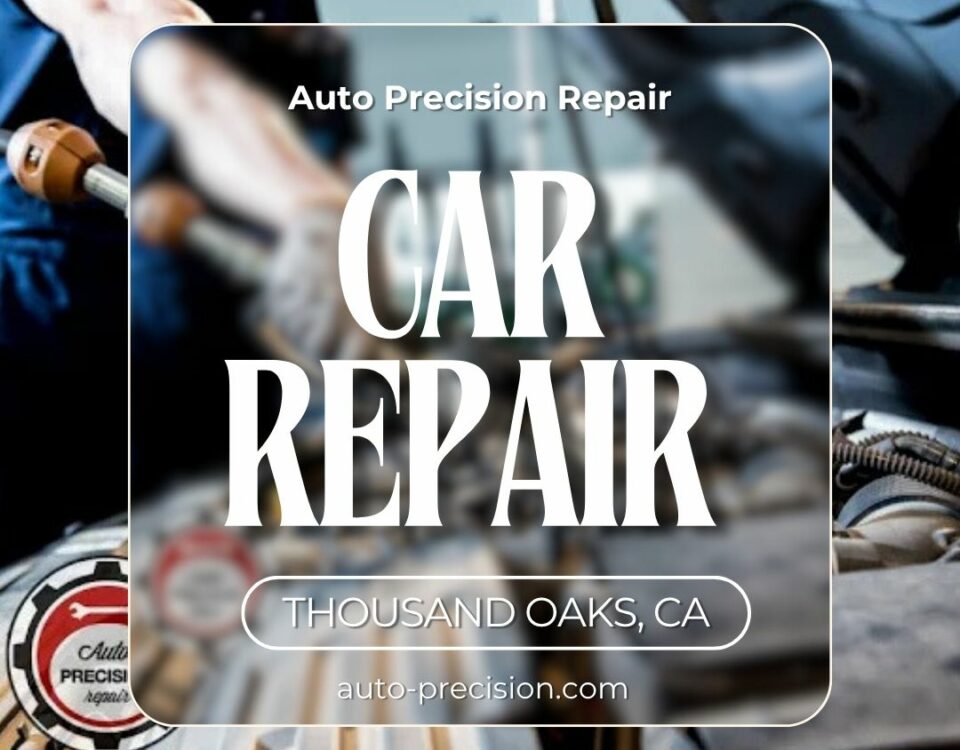
How to Save Money on Car Parts During a Repair
May 3, 2024
The Mechanic’s Guide to Professional Excellence: Attributes That Matter
May 7, 2024When it comes to car repair basics, you’re likely aware that understanding the role of critical engine parts is crucial. Let’s face it, you probably rely on your car daily, and being able to identify issues before they become major problems can save you time, money, and stress.
You don’t need to be a seasoned mechanic to grasp the fundamentals. From the spark plugs to the timing belt, each component plays a pivotal role in keeping your engine running smoothly. So, why not equip yourself with the essential knowledge that can help prevent a roadside breakdown or an unnecessary trip to the garage?
Stay tuned to find out how you can become more adept at recognizing the signs of potential engine trouble.’
Identifying Key Engine Components
In your journey to master basic car repairs, it’s essential that you’re able to identify and understand the role of several key engine components. You’ll often encounter the alternator, which generates electricity to power the vehicle’s electrical system and recharge the battery.
There’s the radiator, vital for cooling the engine and preventing overheating. You’ll also need to recognize spark plugs, responsible for igniting the fuel-air mixture in the engine’s combustion chamber.
The timing belt, a crucial component, synchronizes the engine’s operations. The oil pump, as you may guess, circulates engine oil. By understanding these parts, you’re not just a passive car owner but an active participant in your vehicle’s wellbeing.
Functions of Critical Engine Parts
Having identified these key engine components, let’s now explore their specific functions and the pivotal role they play in keeping your car running smoothly.
The engine block, your car’s powerhouse, houses cylinders where fuel combustion occurs, propelling your vehicle.
The cylinder head seals the top of the engine block, preventing oil and coolant leaks.
The timing belt ensures your engine’s valves open and close at correct intervals, coordinating your engine’s functions.
Spark plugs ignite fuel in the cylinders, powering your car repair.
The crankshaft transforms linear motion into rotational force, driving your wheels.
The alternator charges your car’s battery and powers the electrical system.
Understanding these functions is crucial for diagnosing car troubles and maintaining your vehicle’s health.





